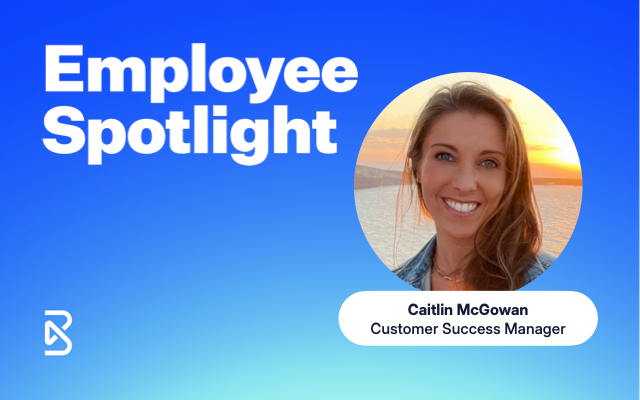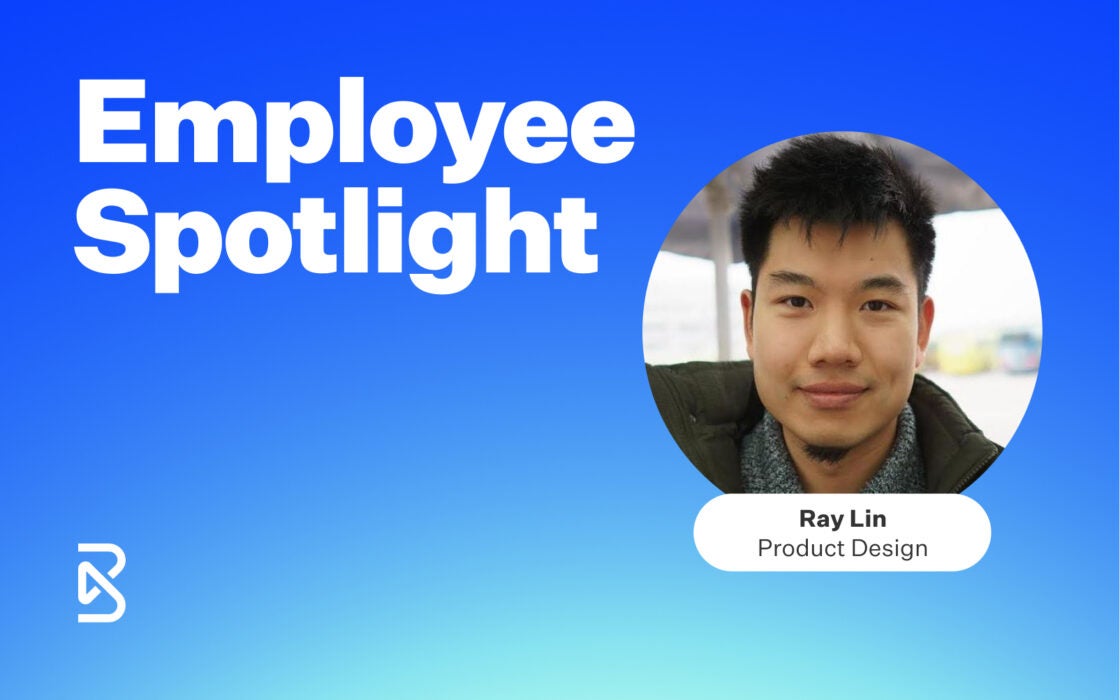June 10, 2021 in Blendkind
Why Blend chose “employee first” as our future of work strategy
A model that balances remote-first with a return to the office where it makes sense

Like every organization that grappled with the unexpected challenges of 2020, Blend has faced a lot of questions about what the future of work might look like. The approach we’ve decided to take is based on what we’ve learned about ourselves as a company and the kind of culture we want to continue developing.
We’ve been inspired and impressed by how rapidly our team was able to make a sudden and unexpected shift to working remotely when the COVID-19 pandemic began early last year. Our employees not only rose to the occasion at the outset of the health crisis, but they have also continued to demonstrate their flexibility and commitment every day, even as we have grown to a size of more than 750 team members.
It only makes sense that we would respond by shaping policies that give just as much flexibility back to our team, both now and in the long term. That’s why we’re moving to an “employee-first” work environment, where most employees can choose if they want to come into the office or work from home while living wherever they choose, with no expectations to be in the office on a regular basis.
Blend will offer the option for employees to be fully remote for those working in teams such as R&D, Go-To-Market, and Corporate Support. Those who need to work on site, such as Blend’s Homeownership Journey businesses, will be welcomed back to the office as soon as it is safe to do so.
We’ll maintain office locations at central hubs like San Francisco, New York, and Los Angeles, continuing to foster a vibrant office culture for those working in the office. And while we’ll occasionally gather for all-company events, Blend’s employees will enjoy far more flexibility than ever before. This also opens up huge opportunities to welcome and nurture new talent at Blend from across the country.
Our philosophy has always been to prioritize the health and safety of our employees while operating in a way that makes each of our businesses successful. This plan will help us to maintain that approach, particularly as we continue to grow.
Finding the model that will work best for Blendkind
According to Head of Finance and People Ops Marc Greenberg, the move to an employee-first approach felt like the right one in part because it was employee-led. Blend’s COVID-19 taskforce, a cross-functional team comprising members of the Legal, People Ops, Strategic Ops, Communications, and Facilities organizations, helped inform the plan by exploring options and consulting widely with key stakeholders.
“I think decisions — great decisions — are made by delegating and trusting and empowering,” Greenberg said. “It was the cross-functional task force that helped us work through the nuances of what this approach could be — and helped make sure we were listening to our employees, our customers, and to what’s happening in the world.”
Blend is certainly not the only organization thinking along these lines. According to PwC’s U.S. Remote Work Survey published in January of this year, 52% of employers said they felt their workforce productivity improved amid the prolonged work-from-home period. That’s up from 44% from June 2020.
Balancing “remote work” with a return to the office where it makes sense
That said, there’s no perfect template for managing remote work or establishing a flexible work environment that will make sense for every company. The first step at Blend was to help the entire team have complete clarity on the change and the way forward.
“We were getting questions in our all-hands meetings on a regular basis about, ‘When are we coming back?’” taskforce member Sarah Rall observed. “This was a really thoughtful process — we wanted to tell employees about the policy only after we had worked through many of the possible questions that they might ask in order to help individuals make the best decision for them.”
Those questions could come at every level of the organization. Recruiting Group Manager Julie Coucoules recalled how long-held beliefs that certain roles needed to be on-site gave way to fresh attitudes about empowering people to be their best — no matter where they work.
“We’ve seen mindsets change, and it’s going to make Blend more attractive to candidates across a much wider pool,” she said. “I’m really excited about the future of interviewing. We’ve proven we can do this remotely.”
Why flexibility is critical for the future of work
Of course, Blend isn’t going into this assuming we have all the answers or that the work to establish an employee-first approach stops with a single policy. Coucoules said she’s already thinking about how to make sure candidates who apply for a career opportunity with Blend can get a true sense of the company, even if they aren’t coming into an office.
This care and attention doesn’t end once employees have been hired and onboarded, either. In its 2021 Employee Experience Trends Report, for instance, software firm Qualtrics found that employees who feel a sense of belonging are 3.5x more likely to be engaged at work than those who feel like they don’t belong.
This aligns perfectly with where Diversity, Inclusion, and Belonging Manager Ulysses Smith is focused. He noted that there will be a strong emphasis on soliciting the team’s feedback and offering the support they need to manage any transitions that come with working remotely.
This builds on practices that have been in place at Blend for some time, he added, including employee engagement surveys that offer a pulse on a wide range of variables.
“We look at factors like psychological safety — how willing are people to speak up? How well do people feel like their voice is being heard? Do people feel they are being respected interpersonally in this kind of environment?” Smith said. “We also have to look at how well information is being shared. Do I feel like I have the information I need to do my job on a regular basis? Am I tied to the vision of the leadership and the mission of the organization to even understand what’s going on?”
Greenberg agreed and suggested other organizations that want to pursue an employee-first strategy commit to seeking feedback through as many channels as possible.
It’s also important to recognize that what works for an organization with 200 people might not make sense for one that employs more than 750 or for one that is aggressively expanding its product line. Blend’s policy is designed to be adaptable, and our taskforce members remain engaged in creative thinking around the future of work.
“You can change your mind,” Greenberg said. “But people crave context, too. So help them understand what you’re thinking, how you weighed the pros and cons, and where your heart is. And then listen, listen, and listen again.”

Learn more about how you can be part of the future of work at Blend
Find out what we're up to!
Subscribe to get Blend news, customer stories, events, and industry insights.


